John Batdorff. Book Review, “Black and White: From Snapshots to Great Shots”
There have been a few perks to writing this blog. Many connections have been made with individuals that are interesting, talented, and sometimes inspirational. The people perks are the best but there have been a few damned fine freebies in the way of software (Lightroom for instance) and books. Some of the people connections have been with authors who realized I could write a halfway decent review for them if they comped me an autographed copy. A few were right in that presumption, but mostly the books never escaped the box before getting the boot to Goodwill (of which I’m a huge fan).
Self-help books have a difficult time clamoring into my reading stack. It’s not that I don’t want to improve. I do. But it’s hard to execute from a recliner. Or with my ass bolted to a truck on some American backroad.
A friend astutely summed it up, “improvement takes a lot of energy.” No shit. It’s one of those ply you in the face truths whose full impact is only grasped when enough birthdays have passed.
The friend, a baker, had worked herself into the landing gears up position for a rant. “It’s simply a truth like fruit isn’t a real dessert. Or church is not church unless someone thrusts a stick of gum at you.”
My last conversation with John Batdorff, one of the interesting, talented, AND inspirational connections I’ve made, went like this: “I’ve got to photograph the wedding of a nephew as a favor and there’s no natural light. I don’t even own a flash. Any tips?” John replied “rent the flash, speak to the Pastor about positioning during the ceremony, and remember to turn the flash back on after you’ve turned it off.” He’s a lot like my baker friend – they speak in truths that slash right to the good stuff.
When I opened John’s autographed book “Black and White: From Snapshots to Great Shots”, it was three months before I worked up the energy to flip the pages. But only one evening of page turning and highlighting to complete it.
You shouldn’t bother with this book unless you really do want to expend the energy to improve your black and whites or pry your butt from the recliner over and over. It’s not a read-and-put-away book. It’s one of those rare outputs from a pro photographer that shares not only useful insights and tips but plops you in the action of their workflow – which I’ve struggled with; oh how I’ve struggled.
John begins with a peek into his equipment bag. Real pictures of the crap he hauls around. An order with B&H was the first reason I left the recliner. Something must be crooked on me because my horizons are always askew. The bubble level pictured in the book solved my problem. I didn’t know such a thing existed. And The LensPen – you need one of these too. The order halted when I got to the ND filter. Geez I’ve experimented with long exposures with very few satisfactory results. Okay none. Now I know why. The neutral density filter is another must have. But not cheap. It’ll have to wait.
Back in the recliner I get to the part about post-processing software – namely Lightroom. I’ve got Lightroom! Still in the freebie box however because I just can’t make myself learn yet another software program (or social networking site), I get out of the recliner again to open the damned box. John raves about the program, convincing me finally that it’ll be the last major workflow change I make. Even before I load the software I know he’s right. I’ve fought against moving away from Camera Raw/Bridge. It was a gallant fight but if I want my photography to reach the next rung, Lightroom must be conquered.
Histograms?! Shit. Another rocking back and forth to extract myself from the recliner to fetch of all things, my camera. I could feel the strain in my thighs that time.
Histograms smack of bell curves, financial analysis – things I know something about. Yuck. So I’ve steered clear of them almost as vehemently as Lightroom. He takes you step by step through a histogram. It’s a rather useful thing. Looking for a U-curve is something I’ll be doing from now on. It’s the opposite of a bell curve. Which makes me a fan.
And shooting with intent. Well that’s a biggie. You know it is. Although John doesn’t say a pro shoots with intent and an amateur doesn’t, that’s exactly what he means. And even if you have no goal to become a pro in the sense of money exchanged for services, if you’re serious about your photography you’ve got to have enough knowledge about the photographic process to shoot with intent. The only way to shoot with intent is to know what the hell a histogram indicates. Okay and a few other things like exposure, composition, framing, contrast. All of which he covers in a very readable voice.
John’s a rule breaker, which contributes to my being a fan of his work. He refers to keeping all the rules in your head as “paralysis of analysis”. I agree. And that paralysis hits me in the “darkroom” as well as on site. I begin viewing a likeable image and mentally start breaking down over what should be lighter, darker, what shadow detail I should worry about, the highlight details that may be blown out, etc. A lot of great shots never get the deserved attention because I’m too overwhelmed with analyzing the image. He takes us by the hand and walks through all of that utilizing Lightroom – all the way through printing and/or sharing the image online.
What about watermarks? I said in the beginning that this is a book for those photographers desirous of taking the craft to the next level. That means branding our images.
I want to deter theft. I’m not a pro but nothing makes me angrier than to see one of my images used elsewhere without credit. If I got the image to the point I was willing to share it, that means I put some time into it and thieving assholes should be lashed for lifting it. In order to save myself from a stroke at the next infraction, I read the part in the book about watermarks, lifted my trembling thighs once again from the recliner, became a Digimarc customer, and followed John’s directions for use.
There are assignments at the end of every chapter. But geez that would have meant a full work-out.
Fun things in the book I didn’t know but should have: 1) photographing the sun or other lighting sources with a high f-stop will result in a starburst effect and 2) since I shoot in RAW, I can have my camera display in monochrome and still capture all the color information too. Very cool.
You’re ready for the truth and someone worthy of delivering it in a way that makes you want to pry from the recliner? Then get John Batdorff’s book: Black and White: From Snapshots to Great Shots (click here for link to Amazon page).
Can you say Virtual Copies??
******************************************
John Batdorff is an award-winning landscape and travel photographer who splits his time between Chicago and Montana. His black and white images have been featured in the National Museum of Wildlife Art in Jackson Hole, Wyoming. See his work and read his popular photography blog at: John Batdorff Photography Blog.
John, thank you for the wedding photography advise. I followed it. And I’ll never photograph another wedding. Ever. — Tammie
Join the Road Trip Revolution at the Solo Road Trip Facebook Fan Page, here.
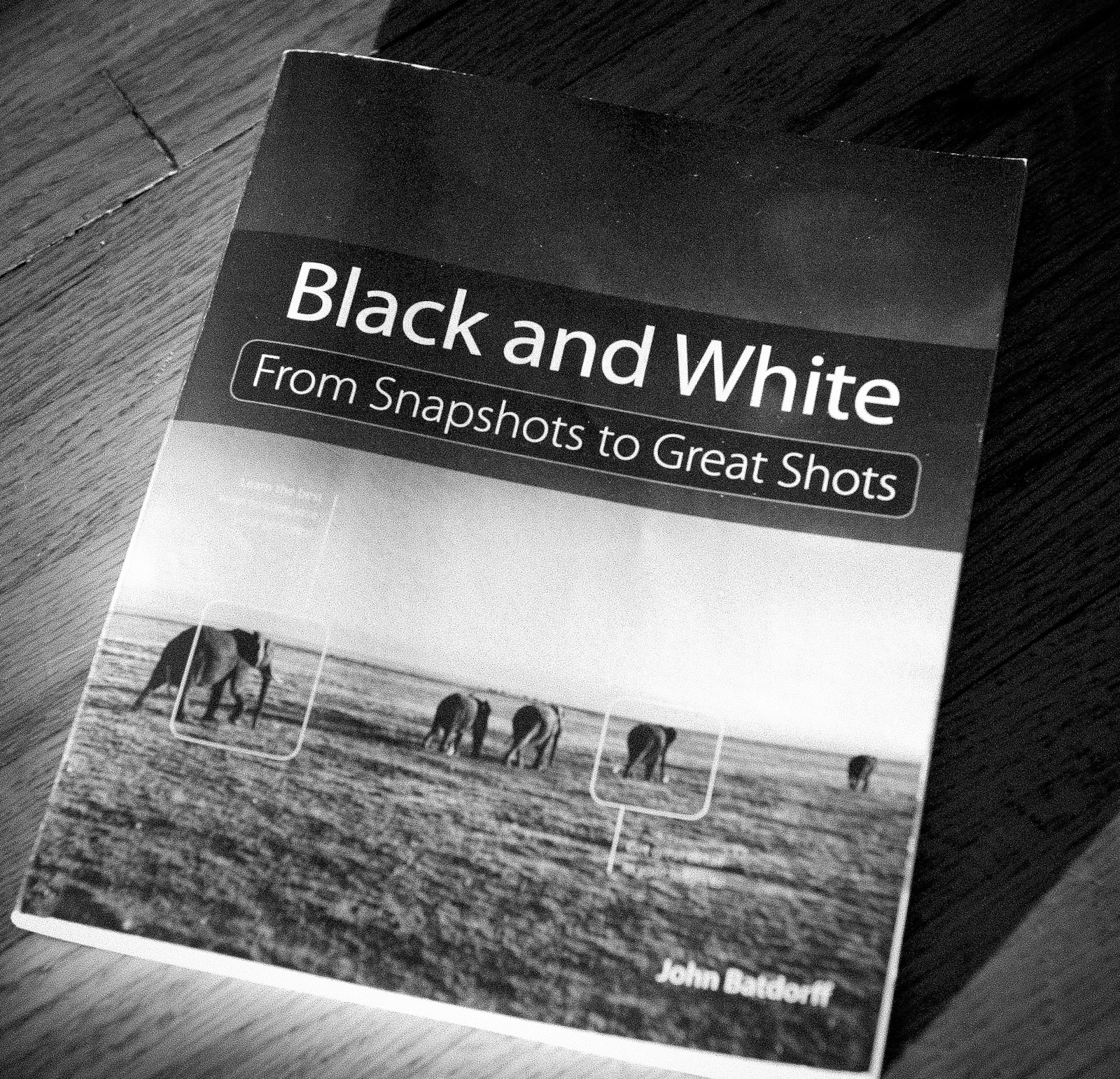
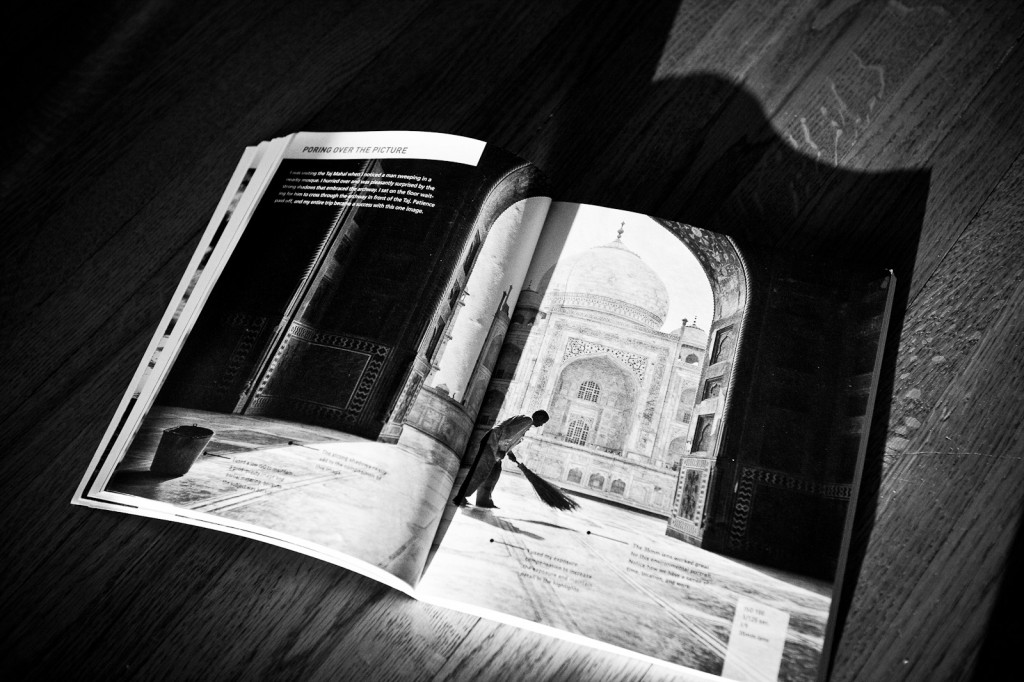
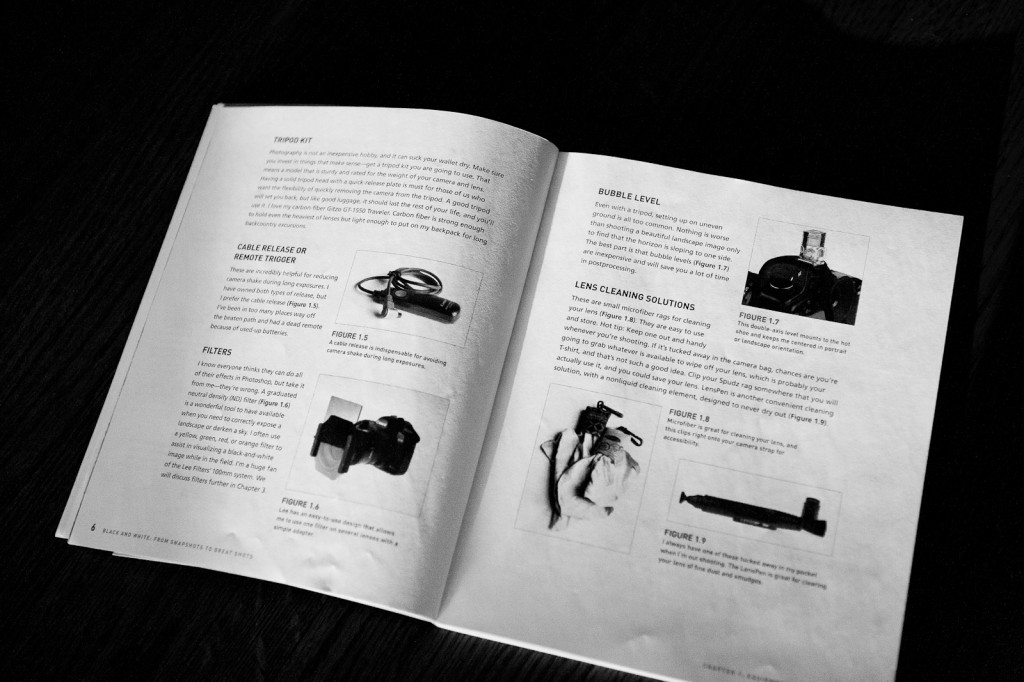
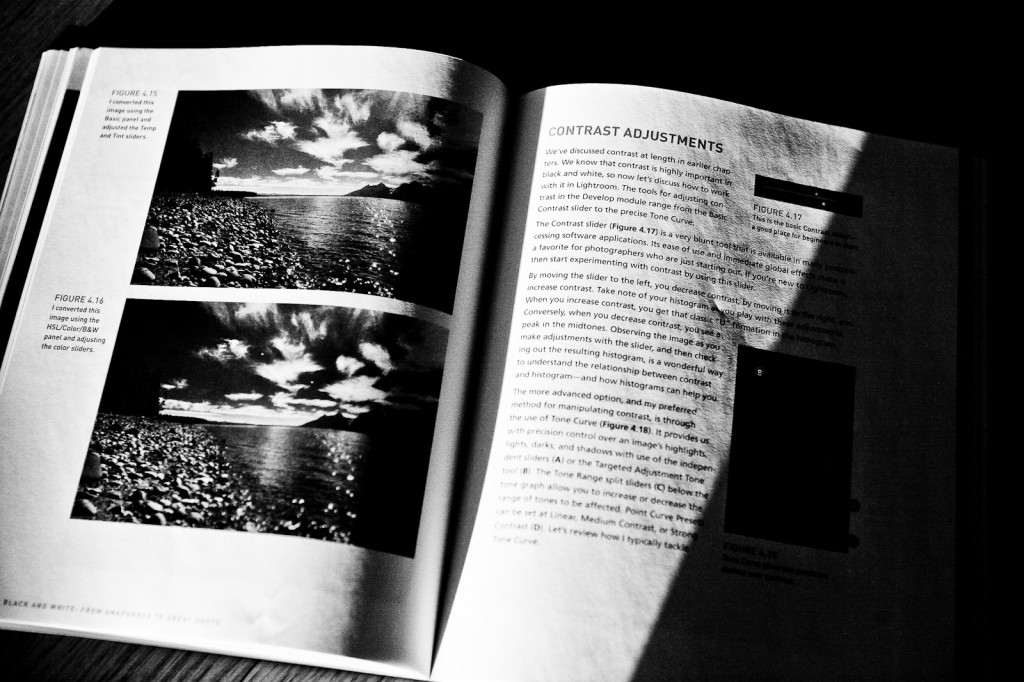
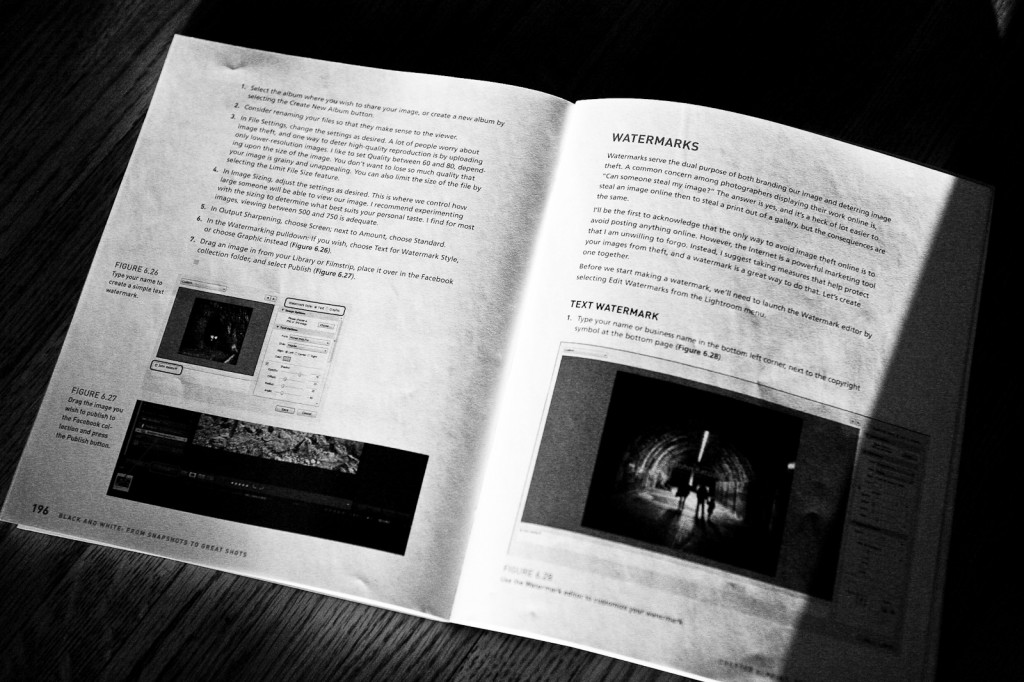
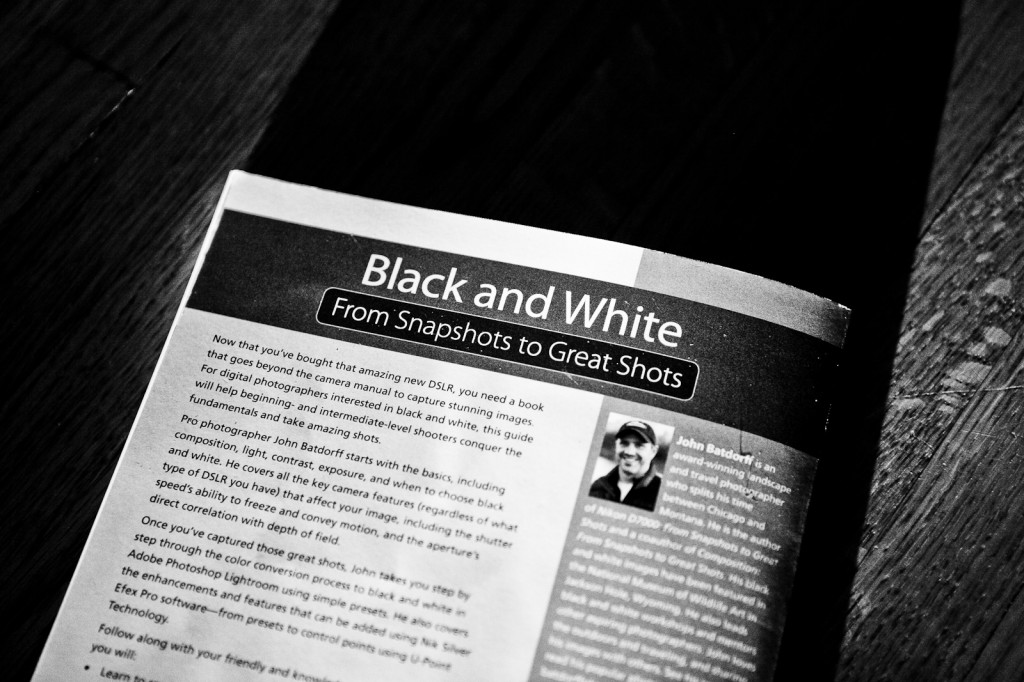

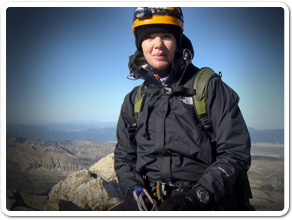
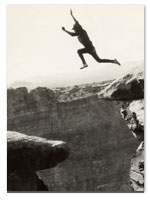 About SRT... I’m a traveler, writer and photographer for whom the open road frequently summons. Adventurous solo road trips are a staple for me, and a curiosity. So I created this website to share them and inspire you to step out and give them a try. Welcome!
About SRT... I’m a traveler, writer and photographer for whom the open road frequently summons. Adventurous solo road trips are a staple for me, and a curiosity. So I created this website to share them and inspire you to step out and give them a try. Welcome! 
